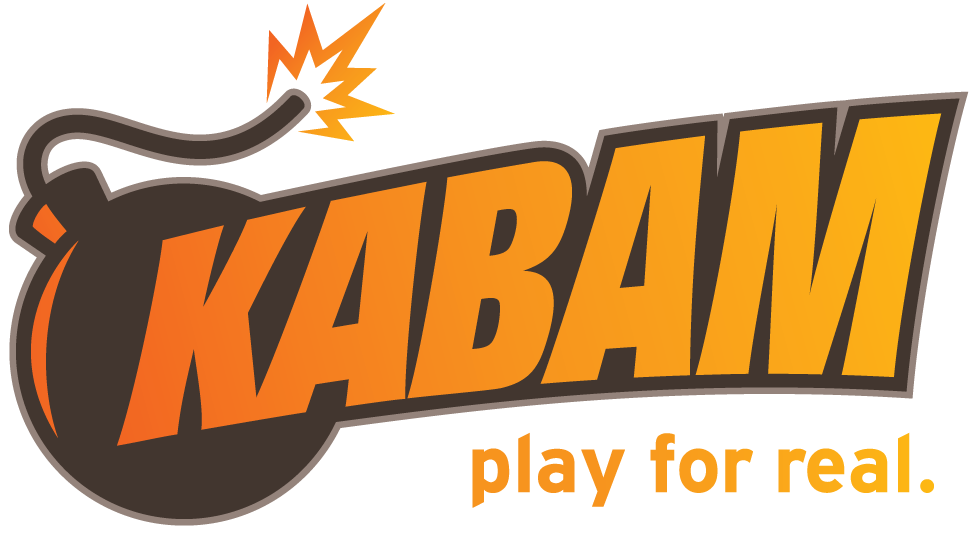Kabam has created a $50 million fund designed to help Japanese developers enter the Western market. Why is it an American company and Japanese developers, the editors of App2Top understood.
The Japanese mobile games market is not like the Western one. In a country with a population of 127 million people, they spend more on games than anywhere else. Japanese companies are among the richest in the industry. And Kabam is going to help them with money. Nonsense?

Actually, no.
Only DeNA managed to shoot at the Western mobile games market. For GREE, the most successful projects in the USA so far are those developed by the American Funzio. As for GungHo, her Puzzle & Dragons didn’t even make it into the top 50 of the US App Store.
In other words, entering the world market for Japanese companies is a risk, and not very justified. A year ago, the average ARPU with iOS in the Land of the Rising Sun was $1.9, in the USA, for comparison, it was at $0.67.

That is, Japanese companies receive most of their revenue even after entering the world market from their native market. What are these numbers?
GREE earned $2 billion in 2012, DeNA – $1.8 billion. GungHo gets up to $85 million a month on just one game. There are other names on the Japanese market: Asobism, Applicot, COLOPL, whose incomes are significantly less.

Kabam’s move with the foundation’s organization may change the situation, and we will soon witness a real Japanese mobile expansion under the Kabam flag.
Why?

The mentioned fund is something like a big insurance cushion for Japanese companies. In fact, Kabam takes on all the risks with promotion, translation, adaptation. In return, the company only requires a percentage of future sales, which is less than 30% for similar services from GREE and DeNA (by the way, not as successful in the Western market as Kabam).
This is a very unexpected decision. We are used to watching how Japanese companies invest in Western studios or how some large companies buy other large companies in their region. But such a step, when a major Western publisher invests (in our case, is going to invest) in the eastern market, not to appear on it, but to help it expand, is, to put it mildly, original.
